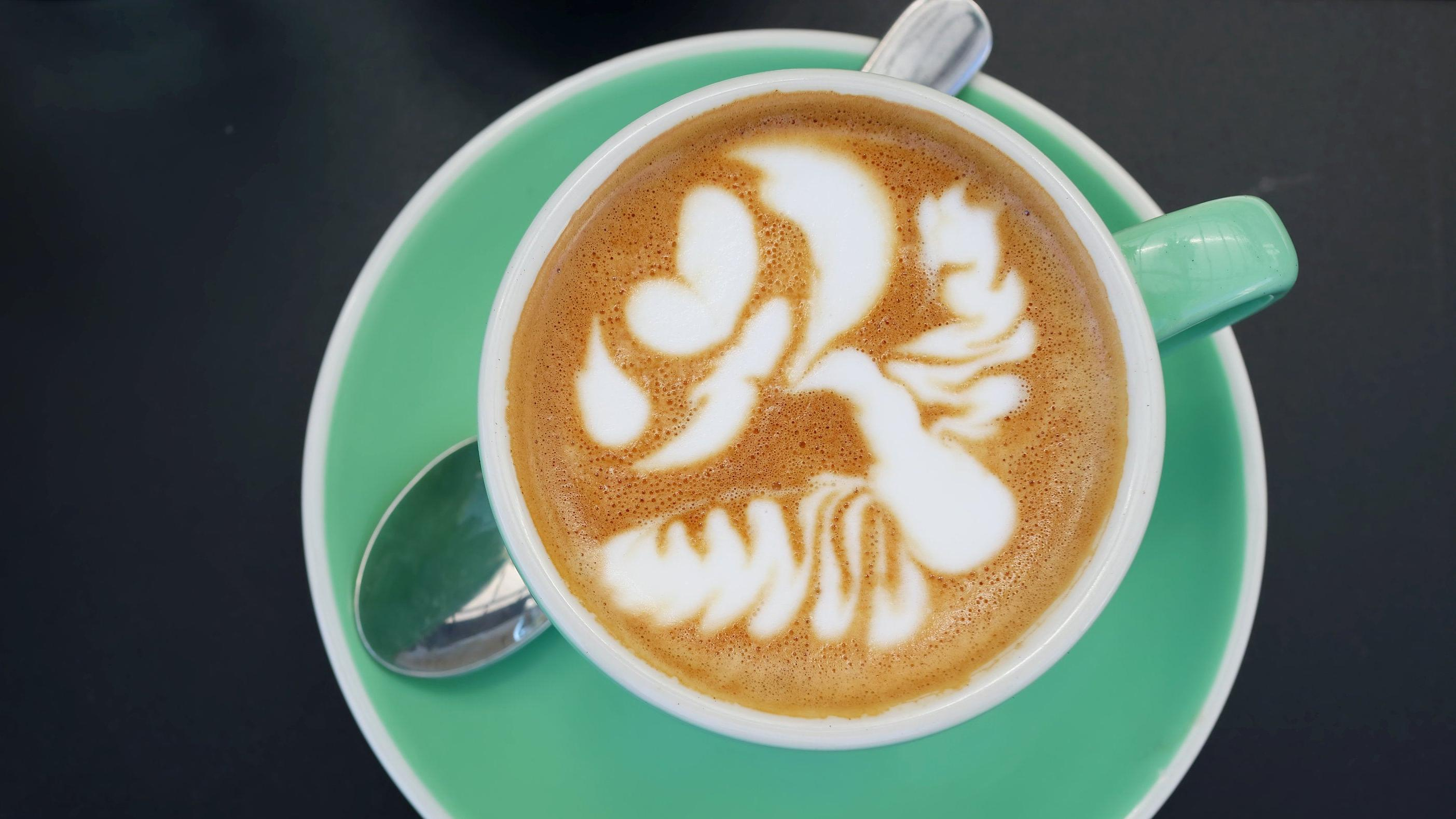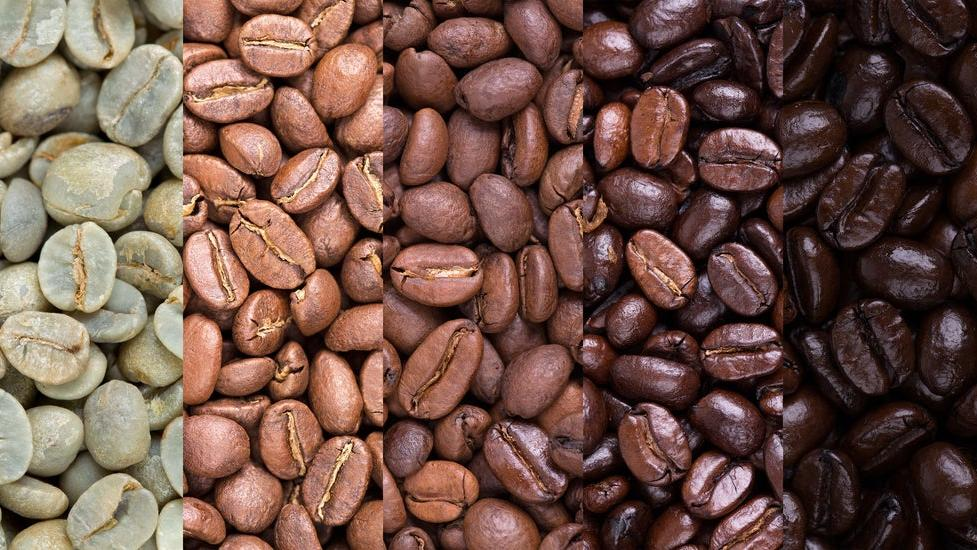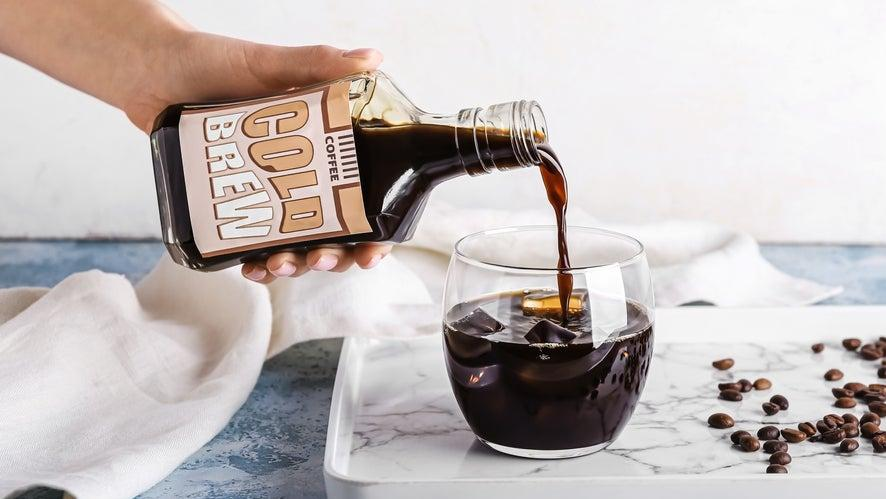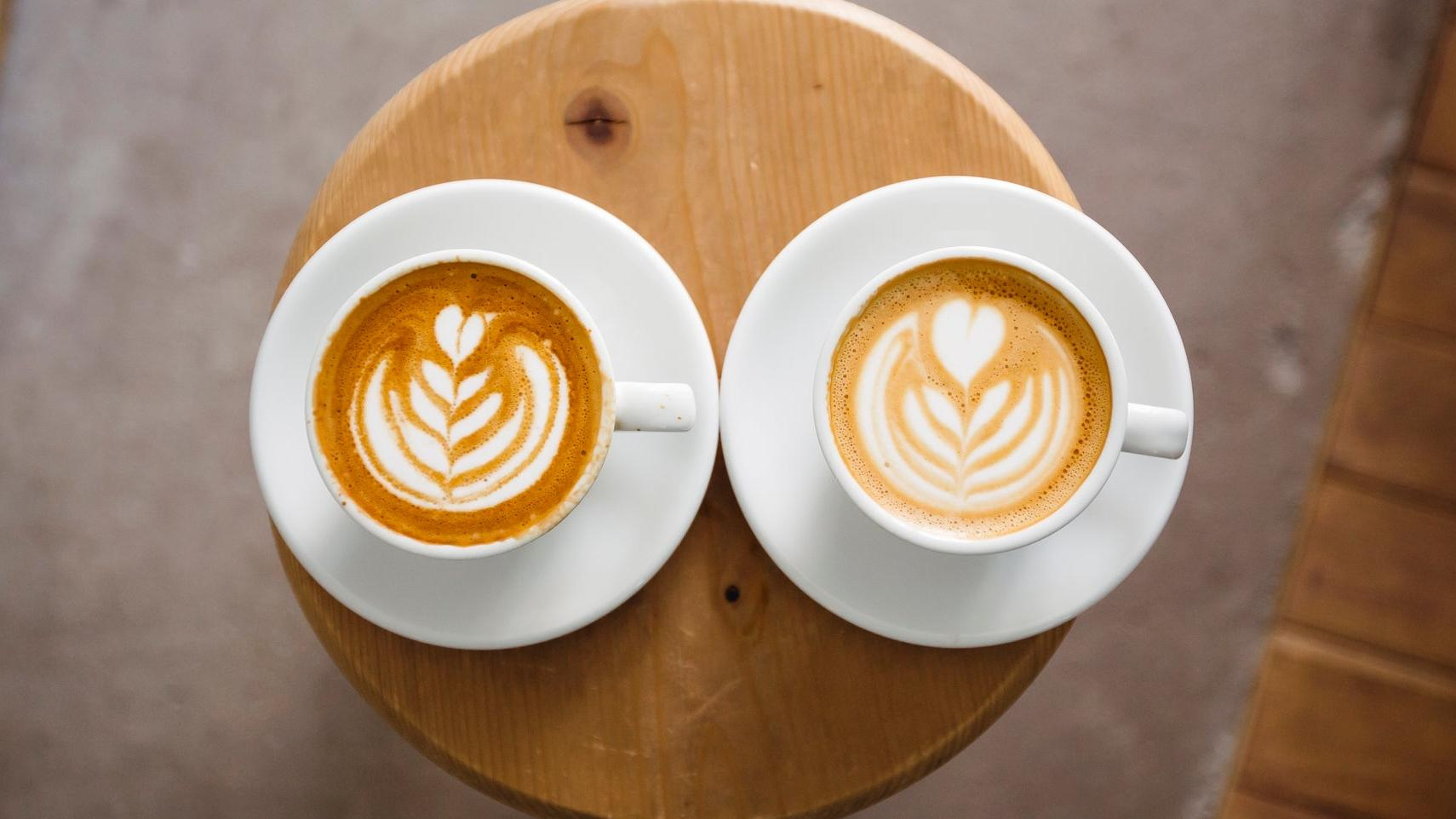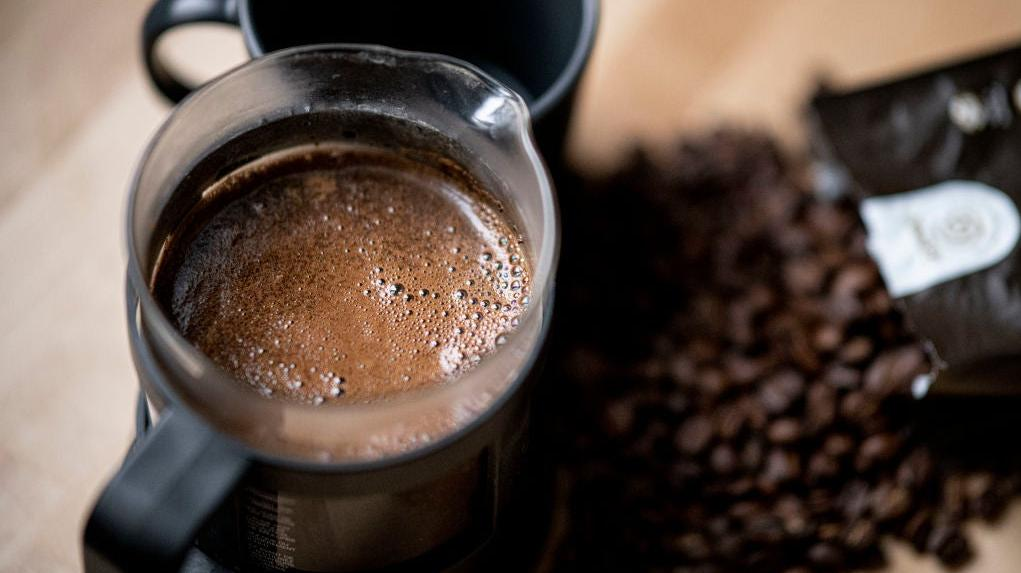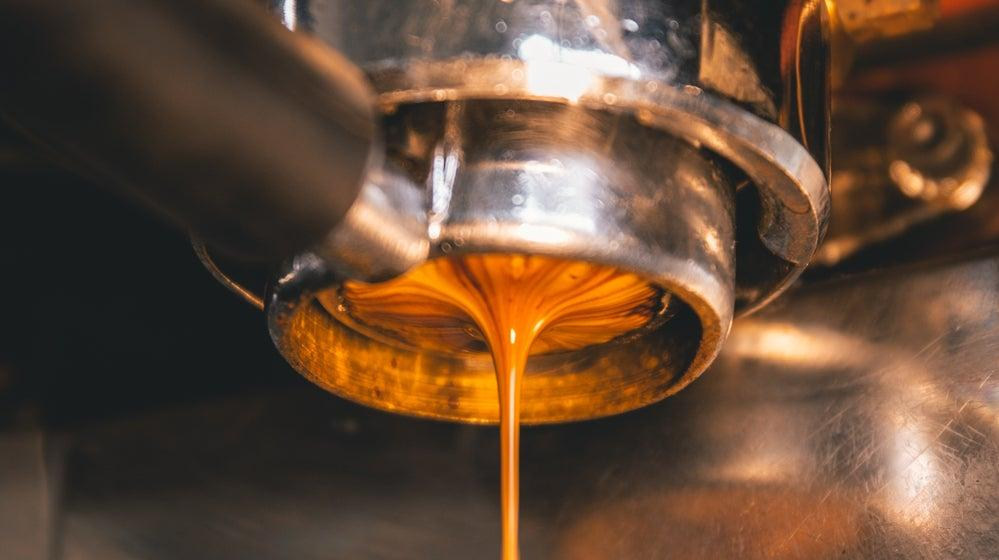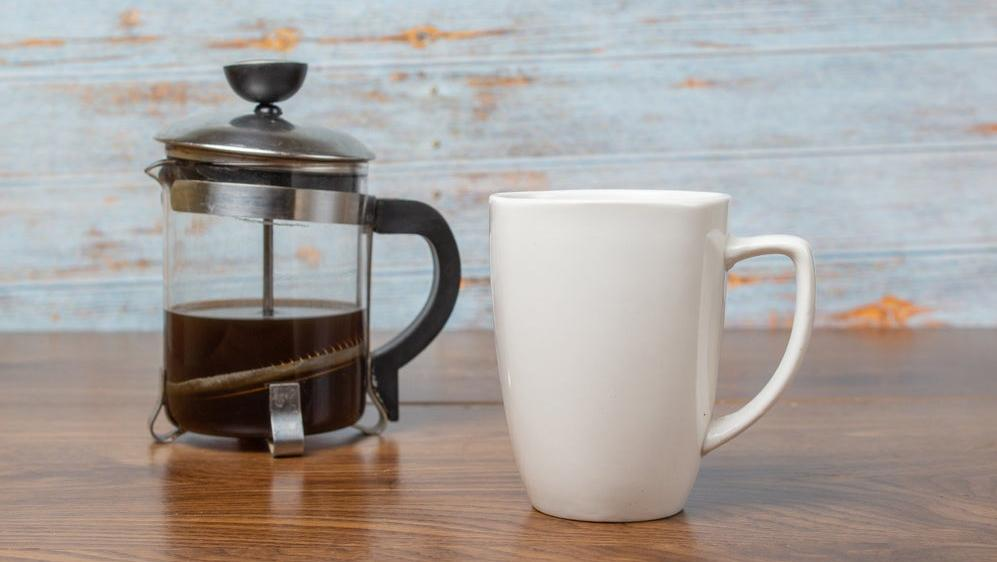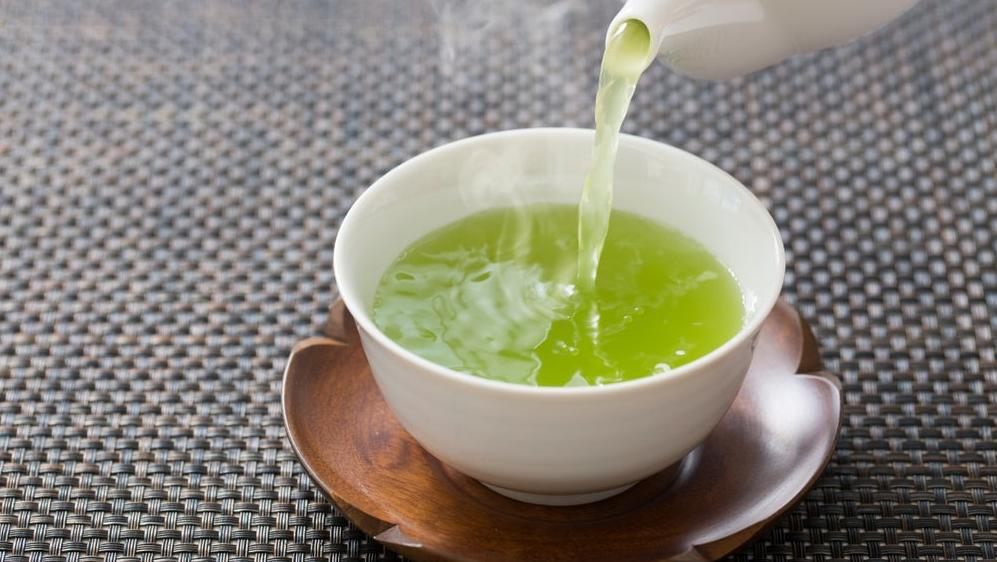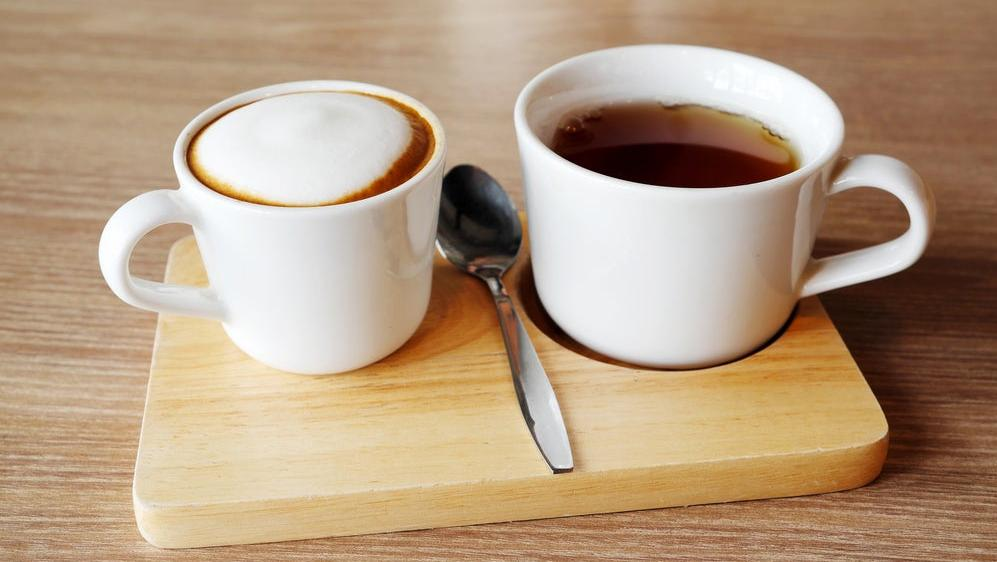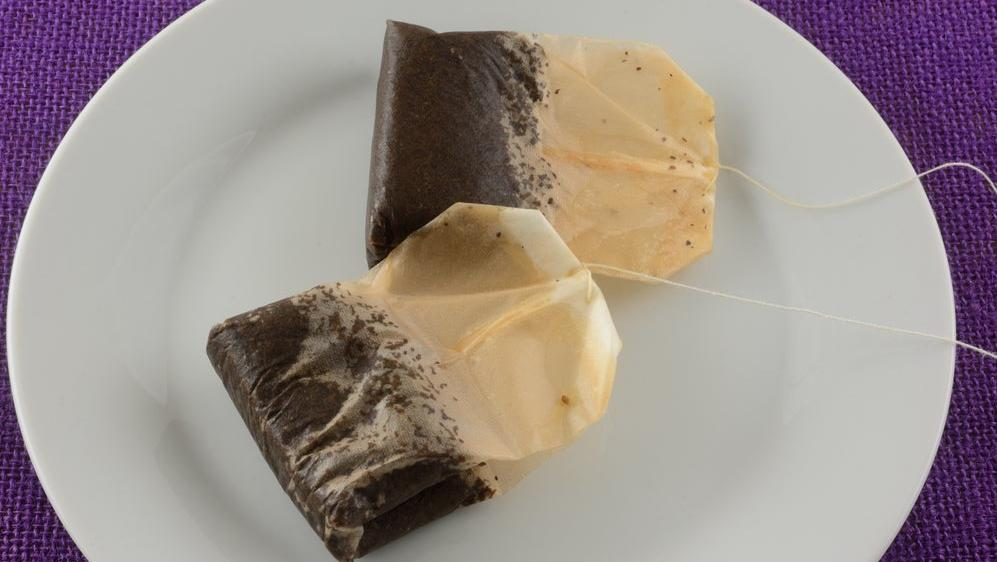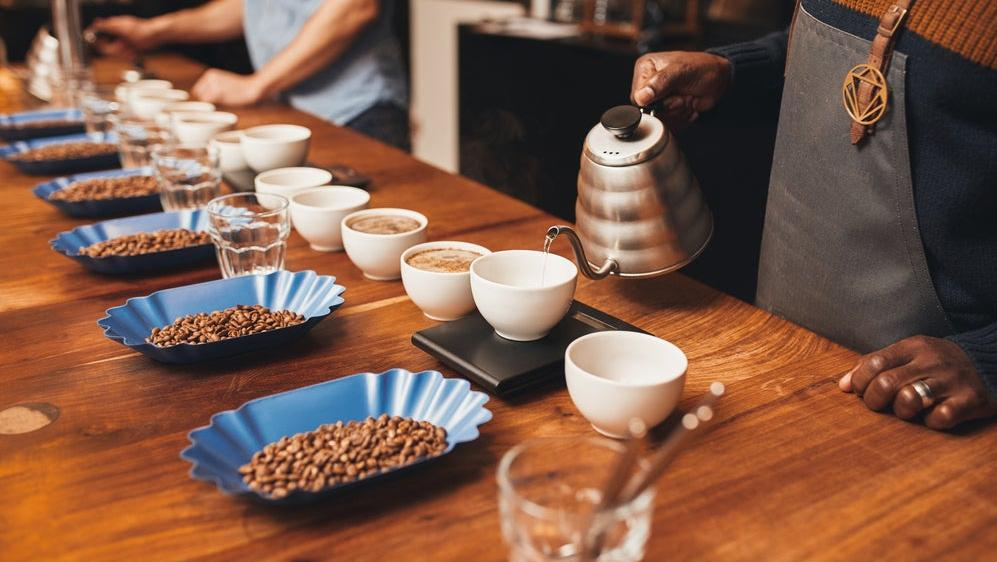10 Coffee Myths You Need To Stop Believing
The biggest misconceptions about coffee, explained.
Coffee has been enjoyed for centuries, so it makes sense that the beverage has its fair share of myths, mysteries, and misconceptions floating around. Is espresso really stronger than regular coffee? Is scorching hot water essential to a tasty cup of java? Are cold brew and iced coffee the same thing?
With years of experience as a barista and now as a self-appointed coffee mythbuster, there are a few things I'd like caffeine heads to know. What follows are 10 facts about coffee you've been led to believe, and the truth behind each one.
Myth 1: Dark roast coffee has more caffeine than light roast
It's perfectly logical to assume that a drip coffee that's dark color would be high in caffeine, since it has such a strong flavor. But you've been punked by what feels like good old common sense.
In order to make a batch of brew, coffee beans are roasted from their raw, naturally green state. Roasting times vary based on what the desired roast is: Beans for a dark roast will be heated for longer than beans creating a light roast. The more time beans are roasted for, the more caffeine they lose, and they feel lighter in weight. This is why light roast coffee retains more caffeine, even though the difference isn't major.
Myth 2: Cold brew and iced coffee are the same
If you aren't sure how the drinks are made, chances are you've used the terms "cold brew" and "iced coffee" interchangeably. Before the coffee community can forgive you, know this: These drinks aren't the same. Iced coffee is, quite literally, regular drip coffee poured over ice and left to cool in a fridge—typically when a coffee shop has leftover drip they don't want to waste. Cold brew, on the other hand, requires more effort. Baristas will grind beans, place them in a coffee filter, and let them soak (steep) in cold water for anywhere from 12 to 20 hours depending on how extracted they'd like the coffee to be. This creates a concentrate that is later blended with water and usually poured over ice, creating the delicious drink that is cold brew.
Myth 3: Espresso drinks at coffee shops only have a single shot of espresso
Your local barista can indeed serve you a drink with a single shot of espresso—but only if you ask for it. In a typical coffee shop, most espresso machines pull double shots, since that offers a better milk-to-espresso ratio. This means cappuccinos, lattes, and other drinks in that family are made using two shots of espresso, even if you order a small size. If you're looking to cut back on your caffeine intake, you can certainly ask for a single shot instead, though the drink will be lighter in taste.
Myth 4: To make good coffee, you need scorching hot water
If you're into hot coffee, odds are a lukewarm cup isn't going to cut it. Though hot water is needed to make a hot cup of joe (or a gallon; no judgment), scorching hot water is not the answer, nor is boiling water. When hot water hits the grounds, it begins extracting the good stuff to create coffee; if the water is too cold, not much extraction will occur. Should the water be too hot, meanwhile, the grounds are now burnt and the final product will be overrun by a sharp, tart flavor. Some baristas use thermometers to make sure water temperature is just right, and coffee fanatics at home certainly can too.
Myth 5: Espresso is just black coffee
Espresso and black coffee aren't the same thing, and the differences lie in how the beans are prepared. While coffee beans are used for both black coffee and blended espresso drinks alike, the way a certain batch of beans is ground and roasted will determine its use. Beans intended for making espresso drinks are ground more finely than beans used for regular coffee, and great espresso is richer in flavor than coffee, since its beans undergo a longer roasting time. It also comes down to variety: Coffee shops will usually have different bean blends for their regular coffee versus their espresso offering.
Myth 6: Espresso is stronger than regular coffee
You're at your local coffee shop studying the menu board and you can't help but wonder: Would a cappuccino be stronger than a regular cup of joe to fight that 2:30 feeling? Not necessarily. Of course, it depends on how much you're drinking. A single shot of espresso typically holds about 63 milligrams of caffeine, or roughly 25-35 milligrams less than a standard mug of brewed coffee. As we discussed above, however, espresso drinks at coffee shops are served with a double shot by default, which means double the caffeine.
Myth 7: Green tea is naturally decaf
Green tea might seem like an innocent caffeine-free drink option when compared to coffee, but this isn't entirely accurate. While there are a selection of boxed caffeine-free green teas at the grocery store, this tea isn't naturally decaf. The type and quantity of tea leaves used in the product will affect how caffeinated a cup will be; one cup of green tea will typically have 35 milligrams of that sweet nectar keeping us alive through the workday. Matcha, on the other hand, will pack more of a caffeine punch because it's essentially green tea in powdered form and is therefore more concentrated. Still, neither one compares to regular brewed coffee, which holds around 95 milligrams of caffeine per cup.
Myth 8: Black tea is weaker than coffee
Trust your barista here: Teas are a great alternative to coffee. They provide a less intense caffeine buzz, but a buzz nonetheless, while also supplying health benefits like antioxidants that help prevent cell damage and promote healthy skin. Black tea doesn't sacrifice too much caffeine, either. For a typical cup of black tea, you'll get nearly 50 milligrams of caffeine, a happy medium between green tea and an espresso shot. If you're looking for something more robust, varieties like Earl Grey can contain over 100 milligrams of caffeine per cup, depending on how long it's brewed for.
Myth 9: You can’t control the caffeine level in tea
People consider coffee superior because the roast on the beans keeps the caffeine levels fairly standardized—but If you're having one of those days where sleepiness isn't an option, you can always amp up the amount of caffeine in your teacup, too. It's all about how long a tea bag is steeped for and how many bags you use. While green tea is generally steeped for three minutes for optimal flavor (without that metallic aftertaste), more caffeine is imparted if the bag is left in the cup for a couple more minutes. If you don't want to sacrifice on flavor, however, a great option is steeping two tea bags at once to double the amount of caffeine. And if less caffeine is the move today, soaking a tea bag for under the recommended time is certainly a practical choice, too.
Myth 10: Single origin coffee is too complicated
Maybe you associate single origin coffee with fedora-wearing coffee snobs, but there's nothing uniquely complicated about this stuff. Single origin is simply coffee that comes from one source, traceable to a particular region and even a specific farm. These beans tend to be seasonal, so to keep the coffee flowing all year long, most coffee shops opt for blends instead, consisting of a variety of coffee beans from multiple regions. It's sort of like the difference between favoring a bottle of pinot noir from one particular vineyard and selecting a red blend—both good, but for those who value transparency in what they consume, the single origin is better.
